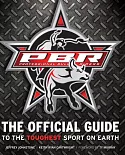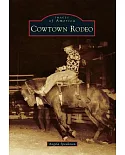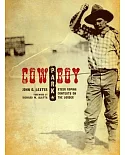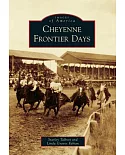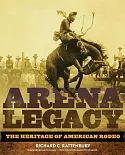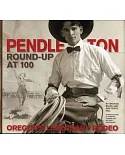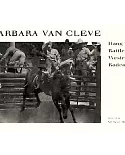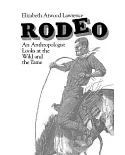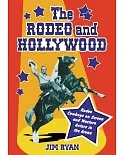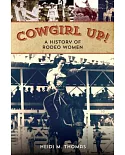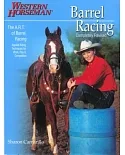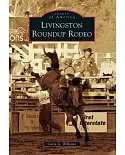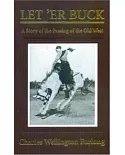Beautifully illustrated with 75 duotone images.
El Charro , or man on horseback, has represented the spirit of independent Mexico since he played an important role in the 1821 revolution. He is the Mexican version of the
American cowboy, only much older, arising from the ranch culture first brought to Mexico by the Spanish. The Charreada is his rodeo, his opportunity to show off both his skills with rope and
horse and his decorative, elegant costume. It is at the center of Mexican heritage and self-image, a source of mythology and genuine heroes that has been brought to Texas by immigrants. And
since 1989, it has included women, charras, who participate in elaborate and difficult riding formations.
San Antonio photographer Al Rendon has taken this ideal subject for the camera and created a collection of splendid sepia photographs reproduced in duotone. The photos juxtapose the grit of
the arena with the poise and polish of the charros, charras, and their horses. The essays, by Julia Hambric, Bryan Woolley, and F. E. Abernethy, describe the history of the charreada and its
roots in Mexican culture. Hambric’s essay also details the costumes and events prescribed by tradition and the Federacion Nacional de Charro. Together, this is a unique examination of an
important part of Mexico’s heritage.


